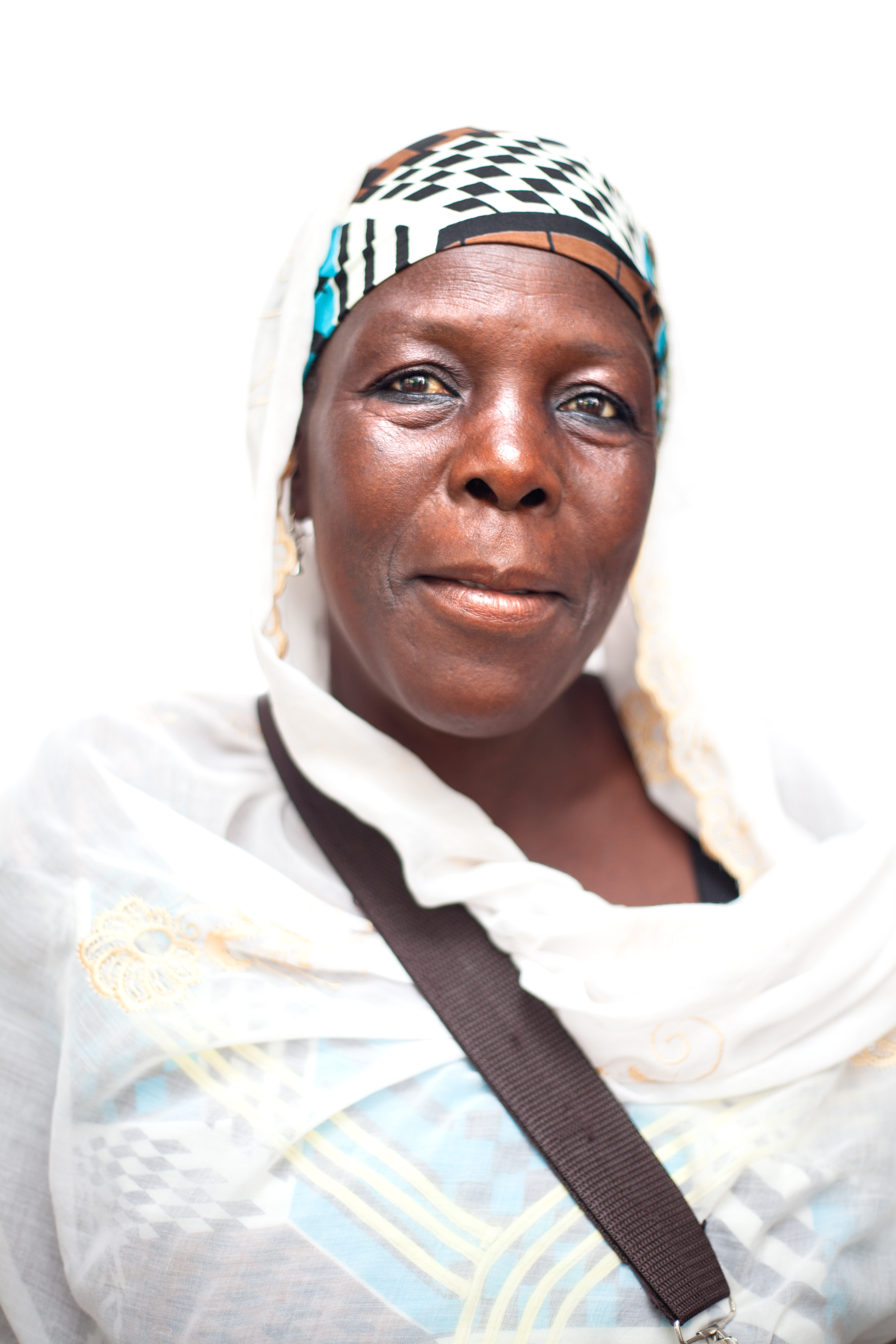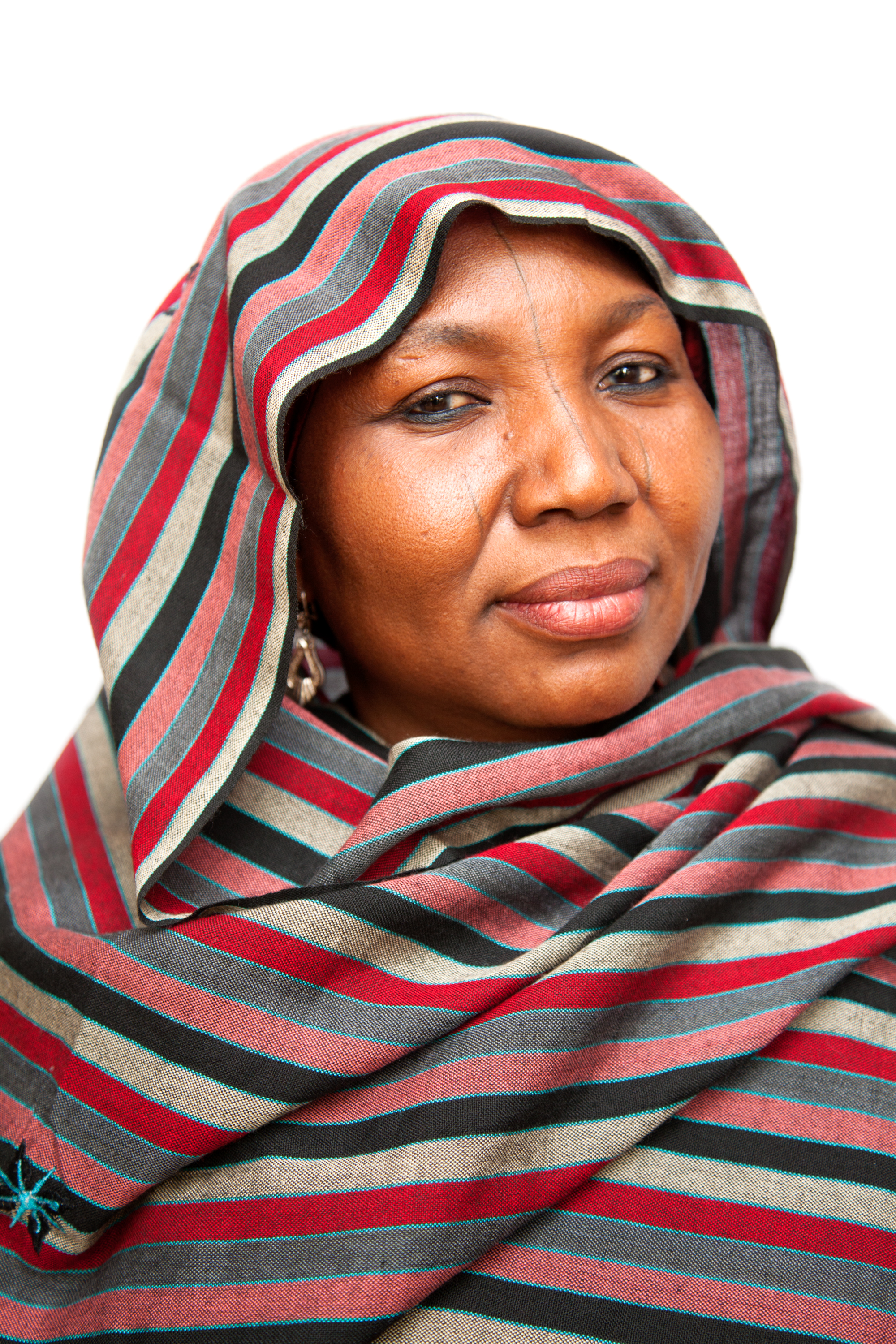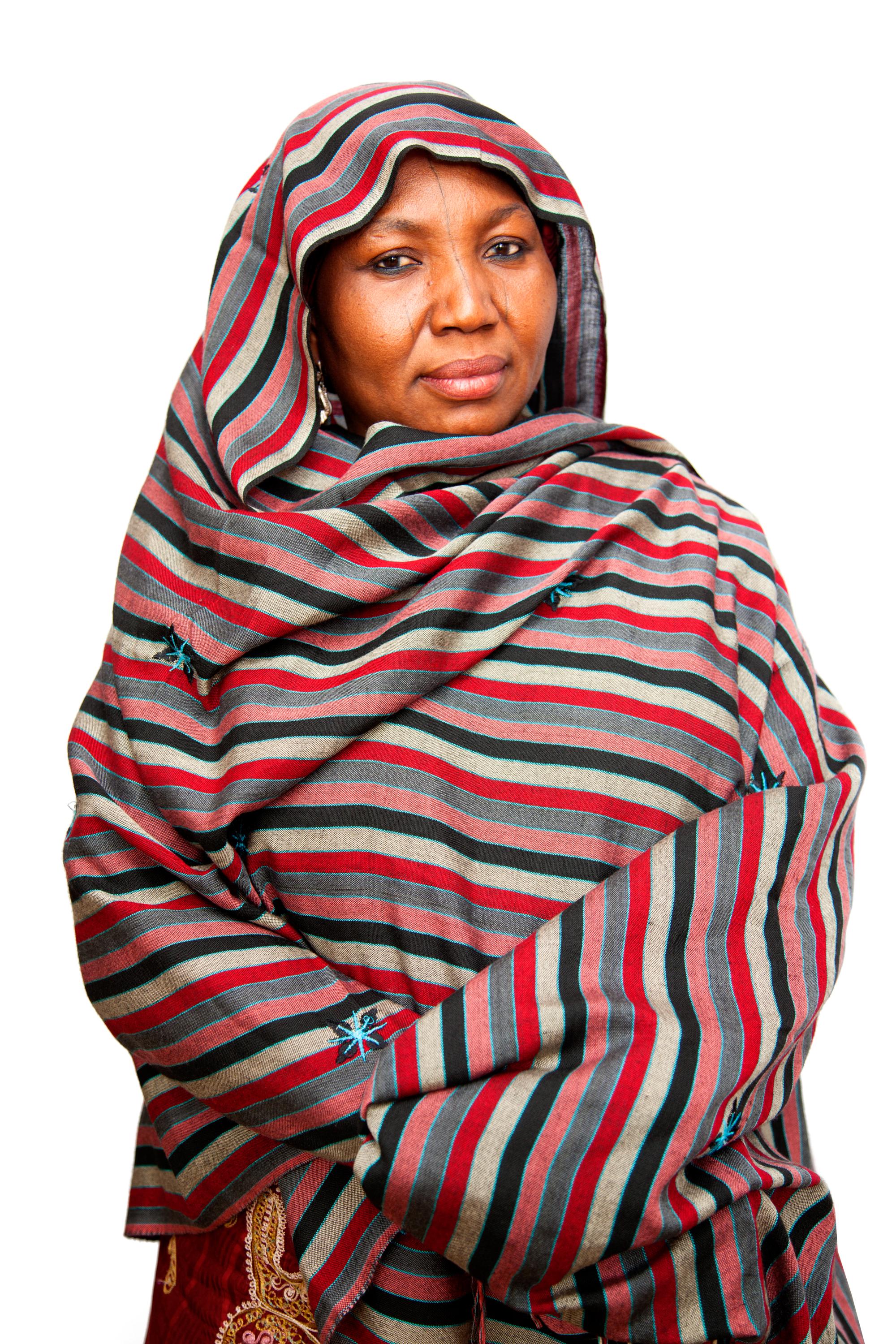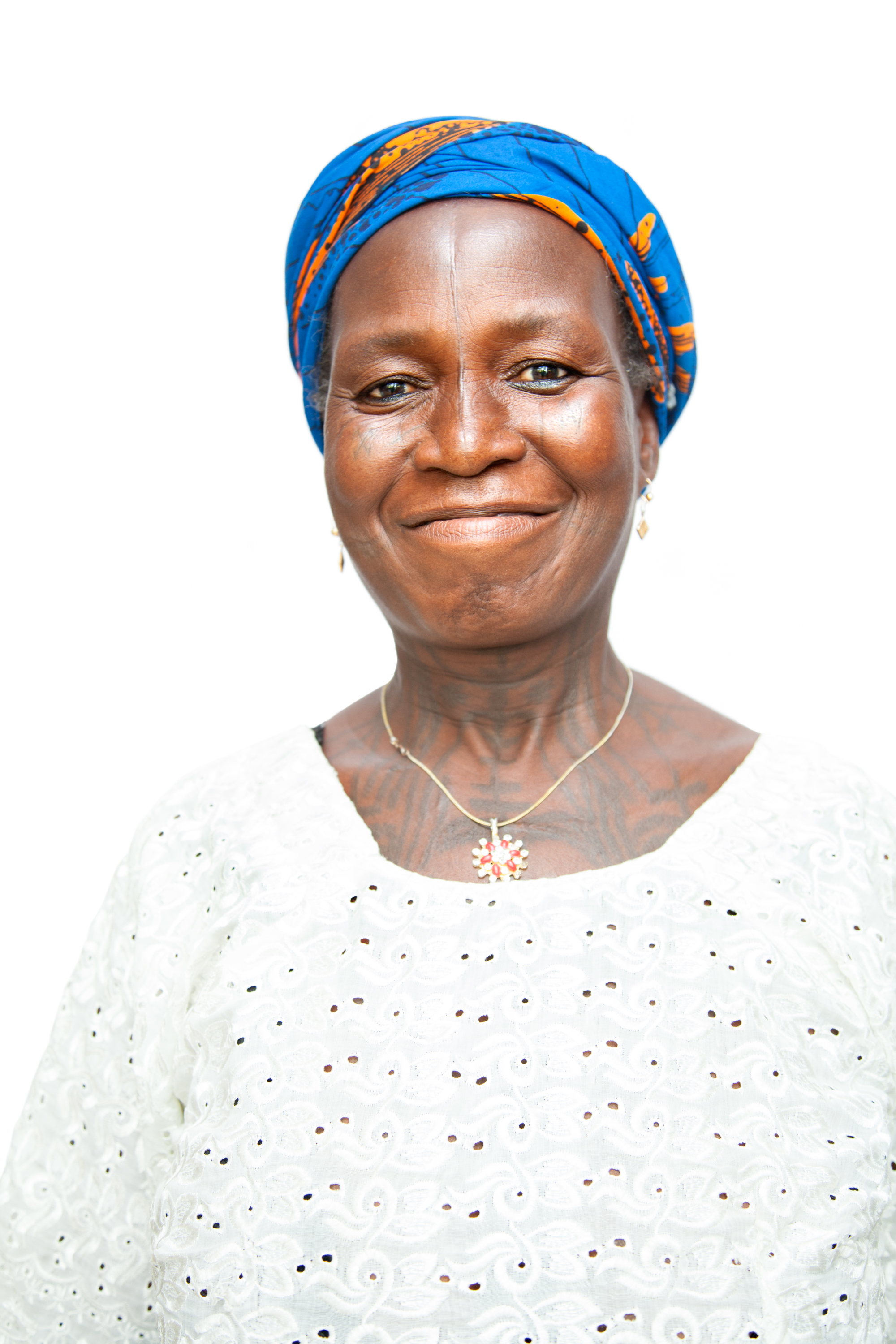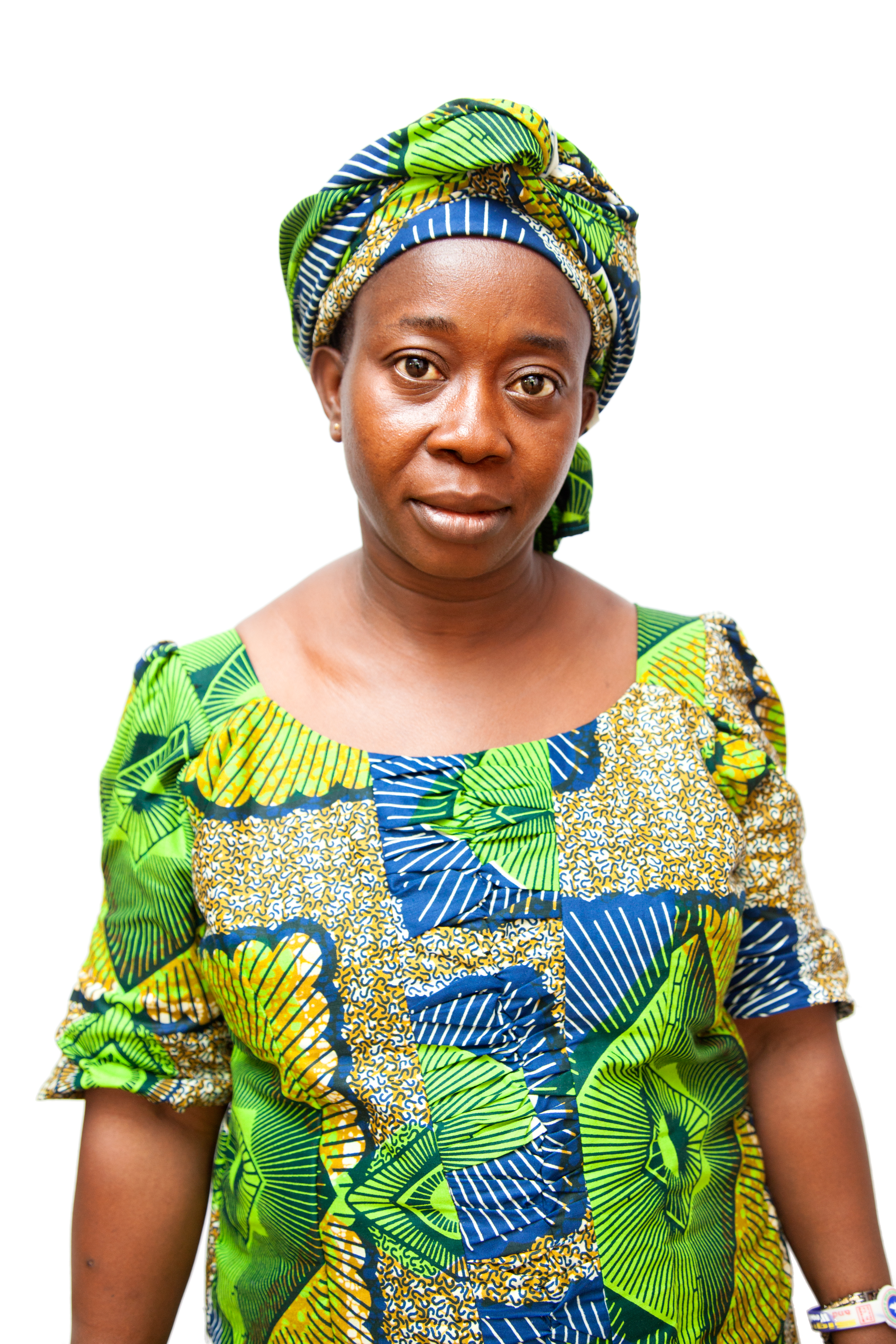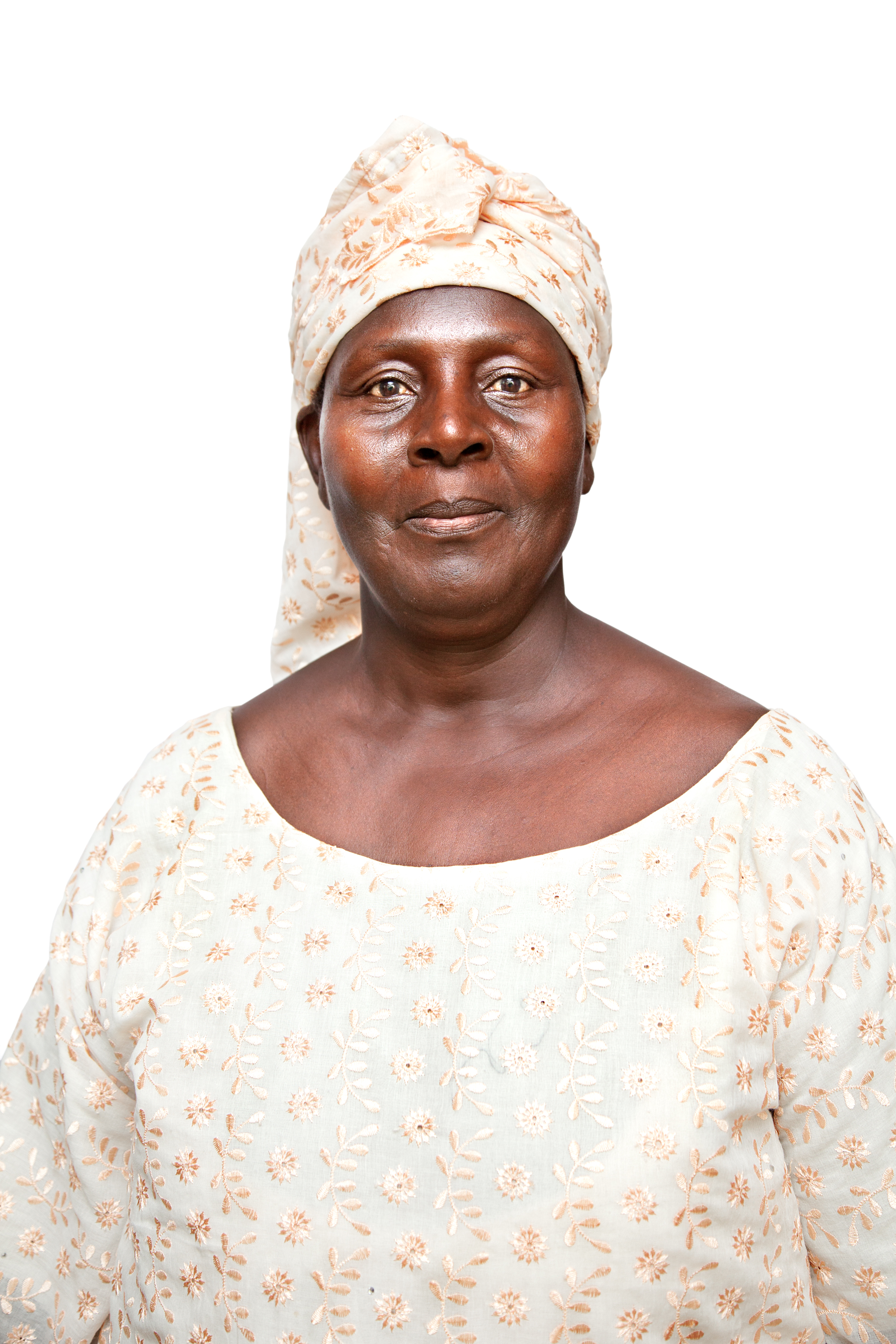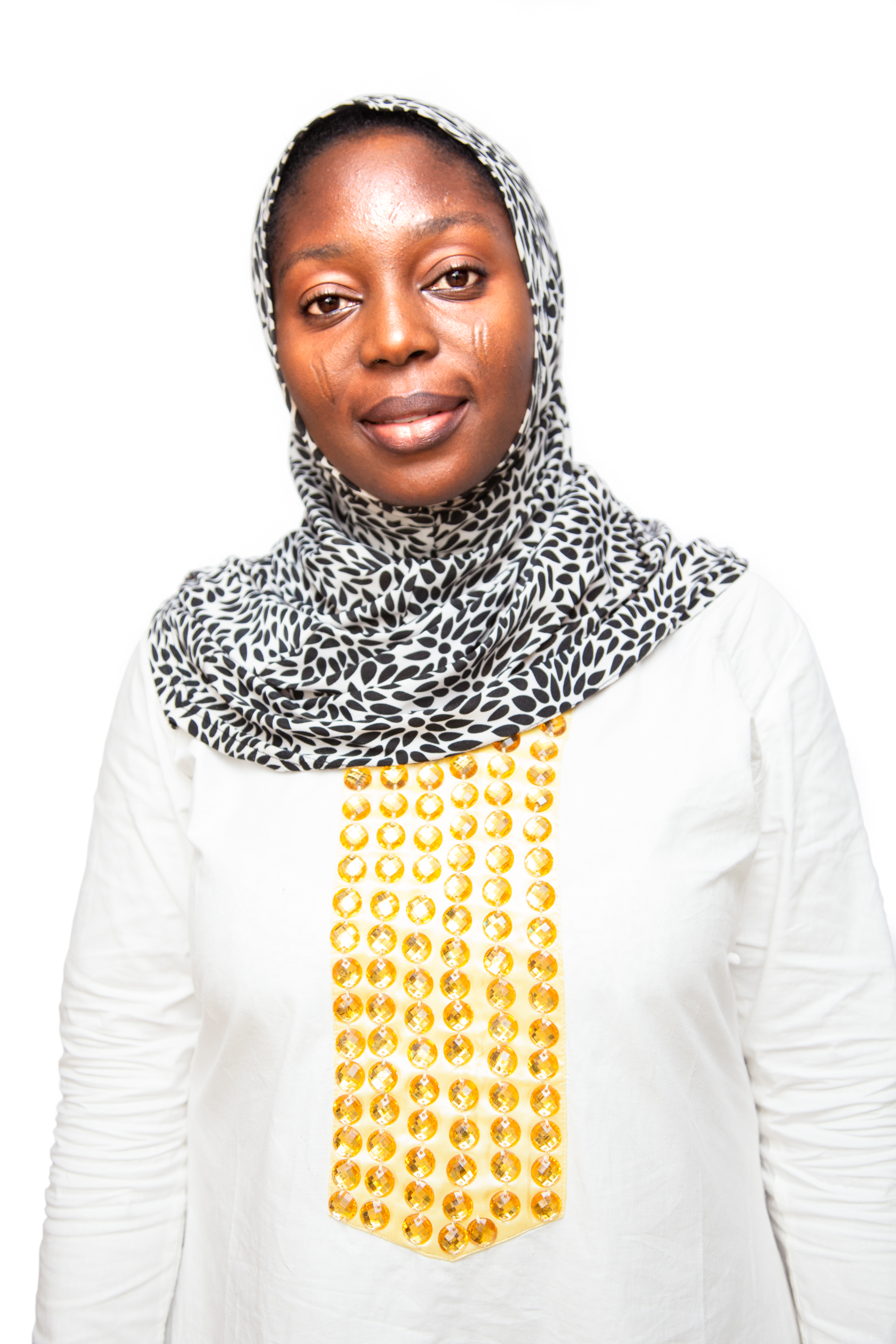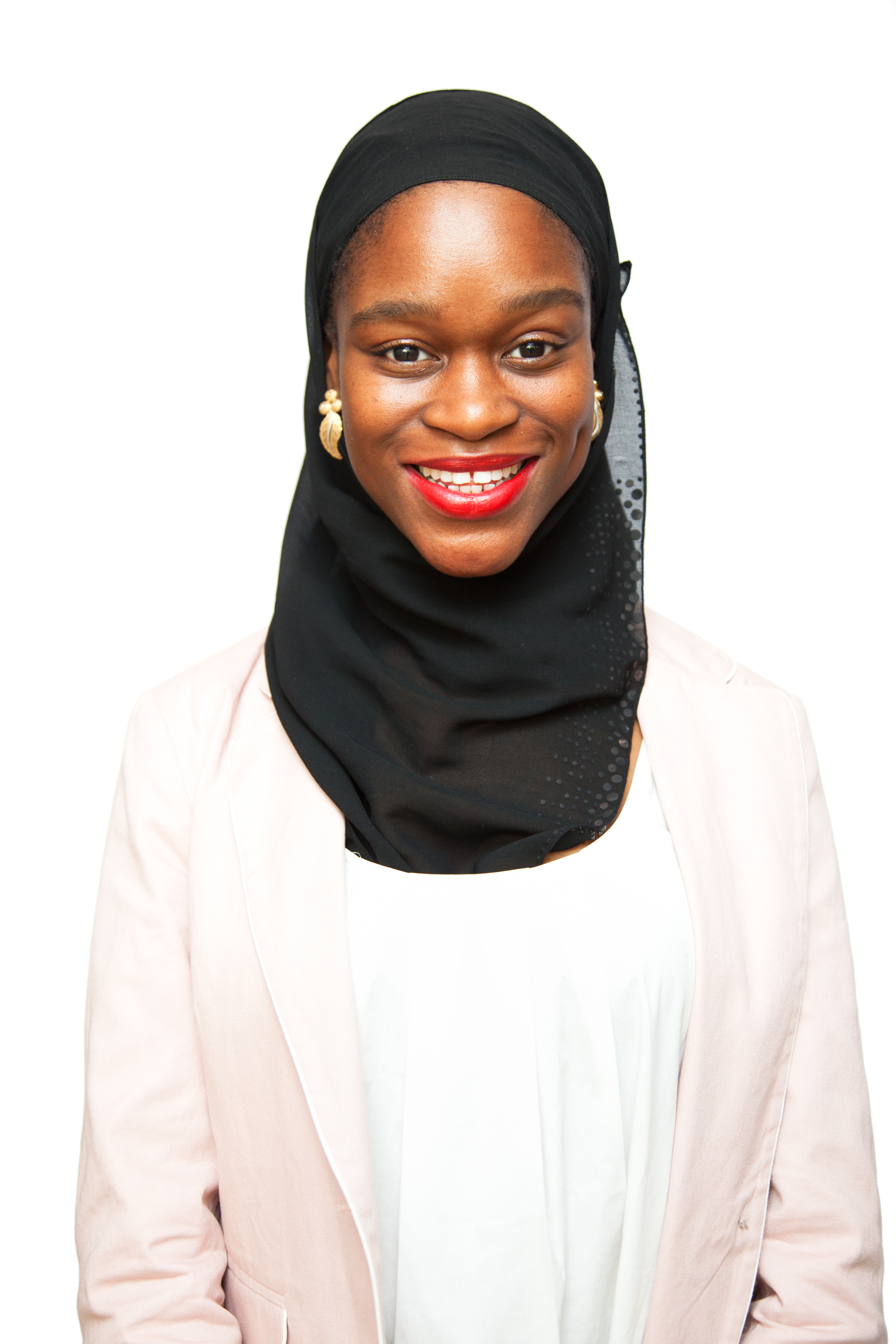I arrived back in the USA March 9th after an intense week of travel to the Global Shea Alliance (GSA) in Abuja, Nigeria. I learned a lot about the Shea industry while at the conference and met several contacts from the West African Trade Hub, and the GSA. Mostly, I met a lot of beautiful African women who work with cooperatives throughout Nigeria or in the shea industry in some fashion. After the conference I traveled north of Abuja to visit a small village where a shea producing cooperative is based. While there I found out that the women had traveled 6 hours, round trip, daily from the village to Abuja to attend training sessions at the conference.
I was really impressed by the classes that were conducted by Shea Radiance and other attendees at the conference. Shea Radiance is the company that hosted my attendance. I have been working with them for almost a year now. It was clear that they worked tirelessly to provide the women with a meaningful learning experience.
My last night in Nigeria I was tired, still jet legged, and unable to sleep. I laid awake and thought about Africa, and how rich the continent should be. It is a place filled with resources that are extracted in abundance. These resources are voraciously consumed in places outside of Africa. Resources such as coltan, diamonds, and oil. Coltan alone is used to manufacture billions of dollars worth of equipment that we in the Western world use daily, a.k.a, this laptop I am currently typing on, the iPhone sitting next to me, and in the satellites floating in space. What is utterly apparent, is that the trade of resources in Africa have not been mutually benefiting there place of origin and has been met throughout history with exploitation and conflict.
However, when thinking about the future, and the production of shea particularly, their remains a lot of hope for change. What makes shea unique from other resources is that the production of shea is traditionally considered women’s work. For centuries women have collected the nuts that grow on trees that can only be found in the Savanna. They cultivate the nut into butter, to use on their skin, and in food. Women use the profits from shea to feed their children and pay for their education. Shea has become a crucial ingredient in cosmetics and other products around the world. Now more then ever their is focus on how to change industry standards and the ways of the past. Consumers are more aware of the importance of their choices and want to support companies that are socially and environmentally responsible.
There are no perfect solutions to any problem. But in a globalizing world issues regarding trade need to be addressed so the community does not become (or remain) disenfranchised, and marginalized. Many rural communities are deprived of knowledge and unaware of the value of their local resources. At the GSA in Abuja, hundreds of women traveled from remote villages across Nigeria, commuting hours daily to attend classes at the conference. These women are filled with a desire to learn, and acquire knowledge that will improve their lives. Their actions reflect an unrelenting hope for a better future. I just hope that we can be part of changing that future for the better.
Portrait series and photos from cooperative below.
